Various events are held yearly in Japanese schools. These events provide valuable opportunities for children to learn and grow. However, parents with children aged 4 to 12 learning Japanese as a second language may often feel language and cultural barriers when participating in these events.
The school year in Japan runs from April to the following March, with some regional variations. In Okinawa, the schedule typically looks like this:
April: Start of the New School Year
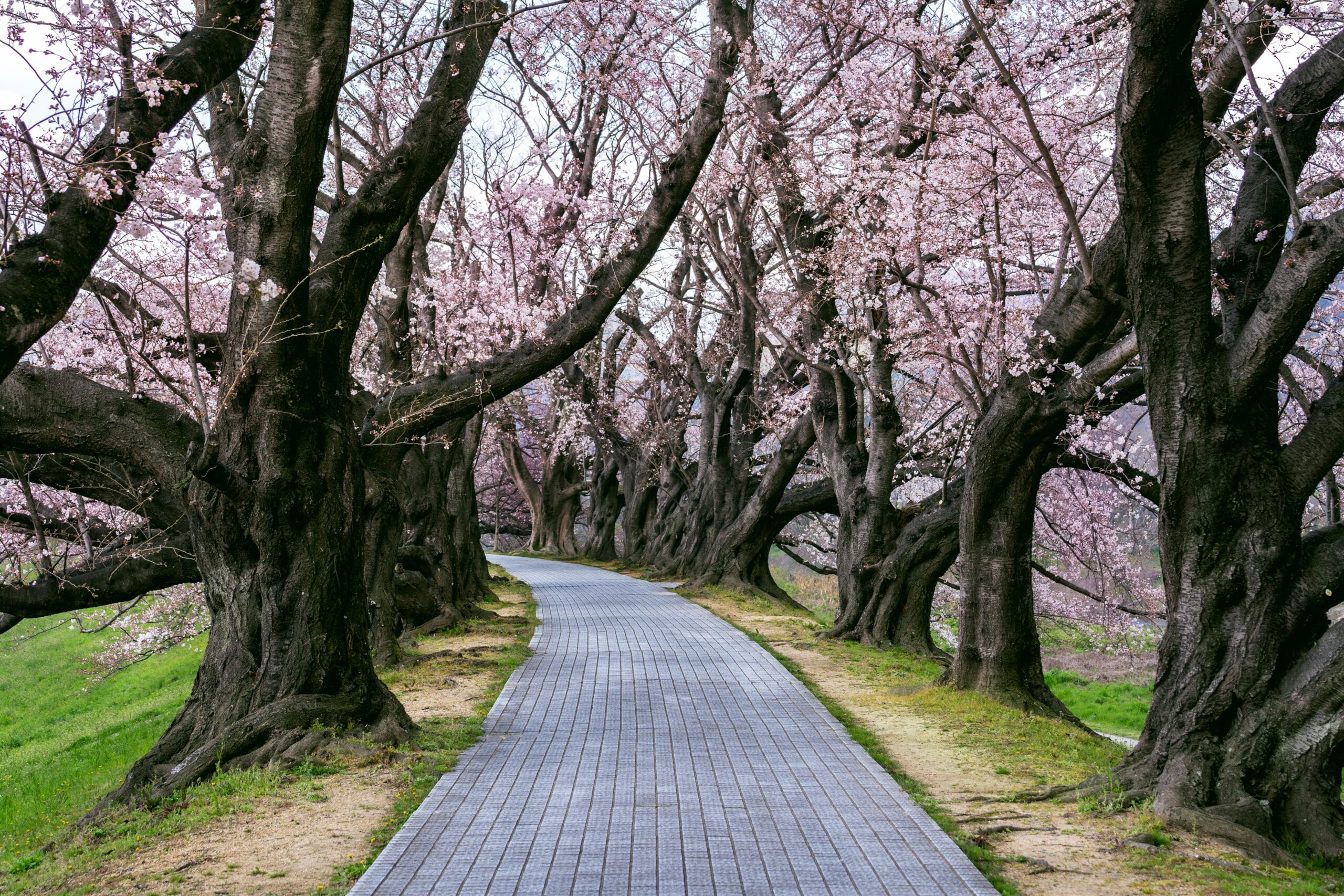
- Entrance Ceremony (Nyugaku-shiki): A welcoming ceremony for new first graders to start their school life.
- Opening Ceremony (Shigyo-shiki): A celebration marking the start of the new school year, attended by all students.
- Health Check-ups (Hatsuiku-Sokutei): These include height, weight, and electrocardiogram checks.
- Home Visits (Katei Homon): The homeroom teacher visits families to discuss the student with parents.
May: Field Trips and Medical check-ups

- Field Trips (Ensoku): Many schools organize field trips where children connect with nature and strengthen friendships through group activities.
- Dental Check-ups (Shika-kenshin): Dentists check for cavities; if any are found, a notice is sent for treatment.
- Medical check-ups (Naika-kenshin): Assessing children's development and overall health.
June: Pool Opening
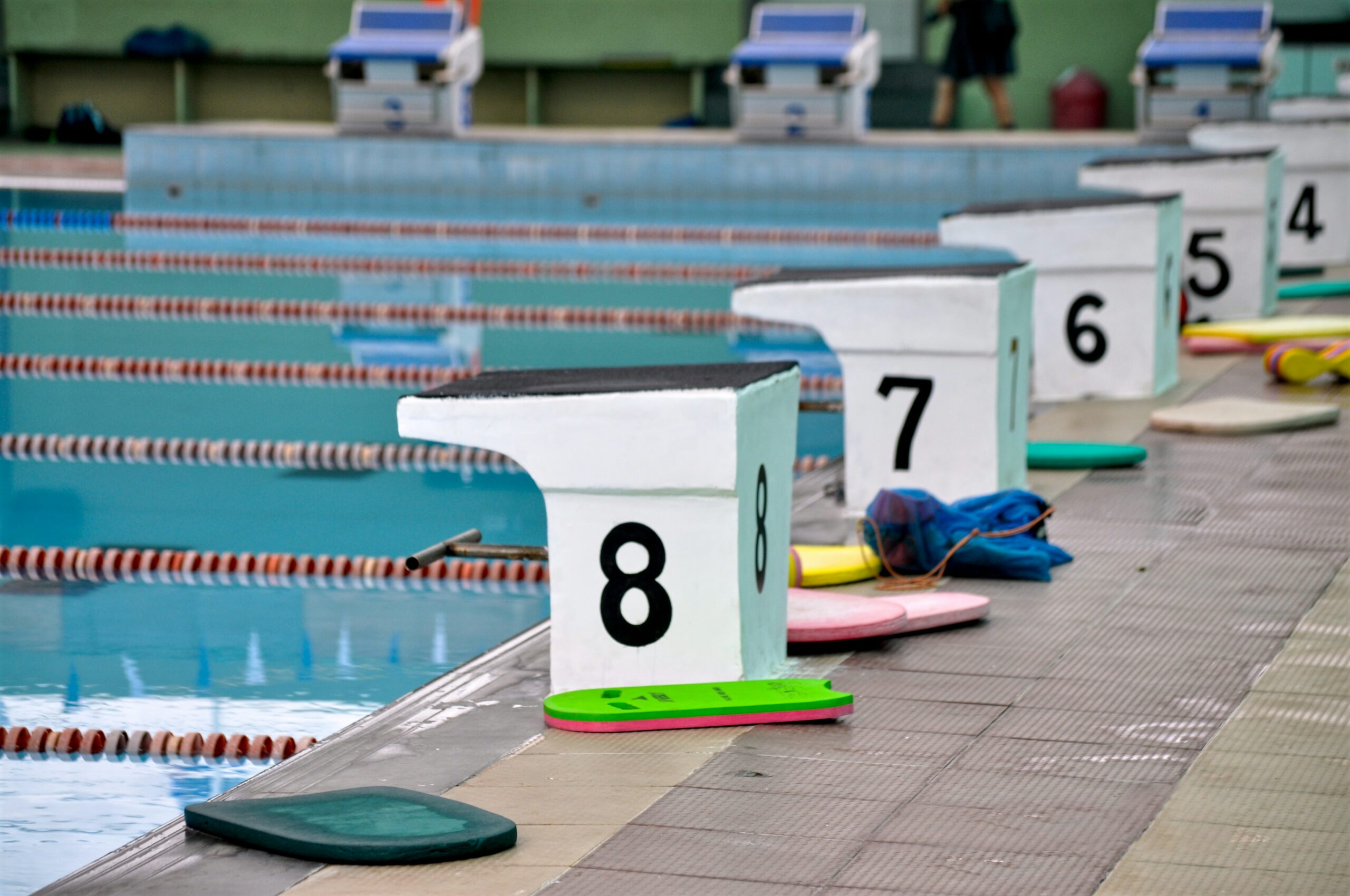
- Swimming Classes: Children learn basic swimming skills when the weather improves in June.
July: Final Exams and Summer Break Preparation

- Emergency Drills (Hinan-kunren): Practicing evacuations in case of an intruder.
- Parent-Teacher Conferences (Kojin-mendan): Parents and teachers can discuss the child’s progress.
- End of First Semester Ceremony (Shugyo-shiki): Mid-July marks the end of the semester, and report cards are distributed.
- Summer Break (Natsuyasumi): This lasts about a month, from late July to the end of August, and often involves homework like book reports and independent projects.
September: Start of the Second Semester
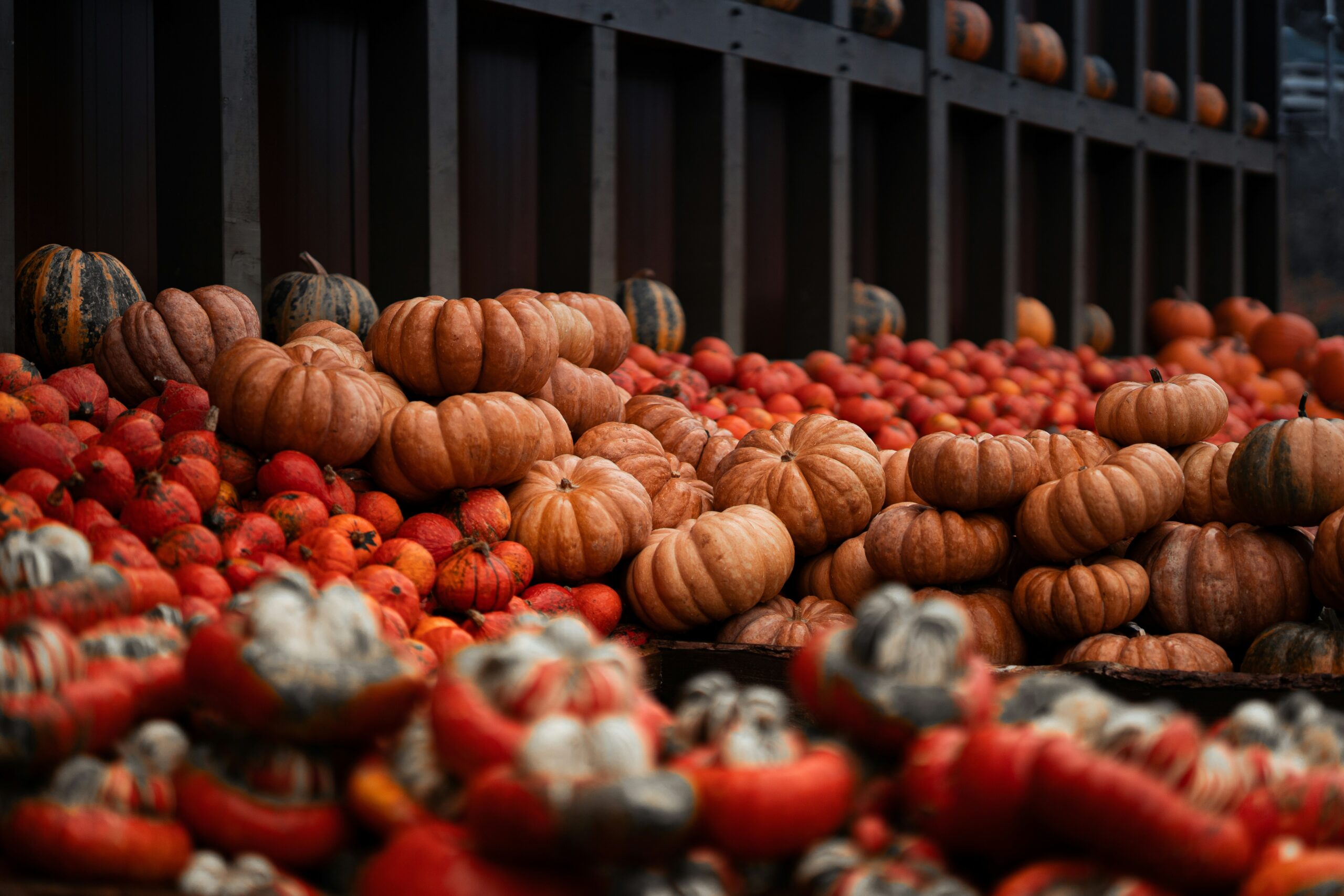
- Second Semester Opening Ceremony (Shigyo-shiki): Resuming classes after summer break.
October: Music Festival and Field Trips

- Music Festival (Ongaku-happyoukai): Students perform instrumental and choral pieces they’ve practiced.
- Disaster Drills (Hinan-kunren): Preparing for earthquakes and tsunamis.
- Field Trips (Ensoku): Visiting nearby facilities or parks to learn about nature and society.
November: Sports Day
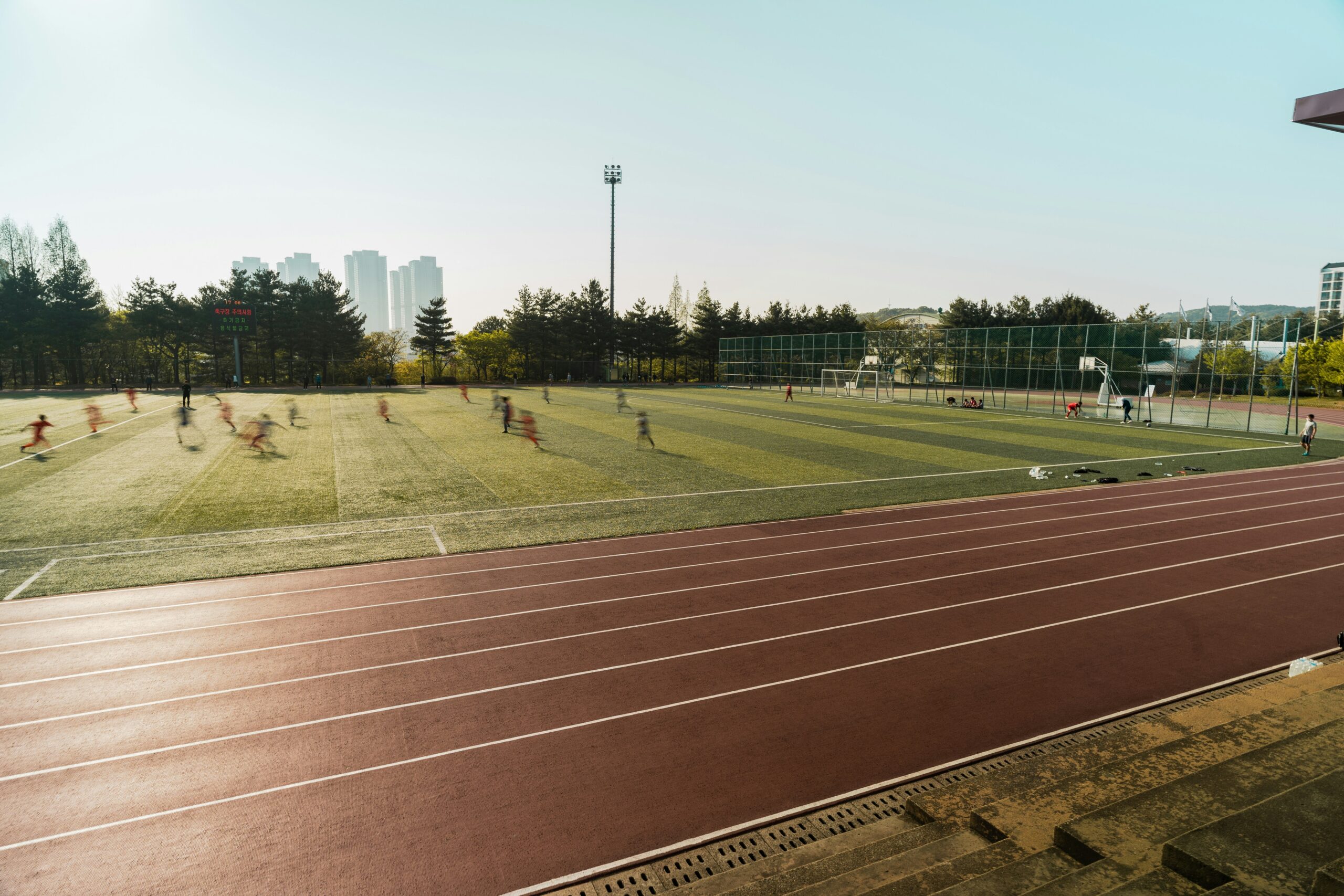
- Sports Day (Undoukai): A popular event where parents and community members come to watch, and students showcase sports and dance performances.
December: Final Exams and Winter Break

- End of Second Semester Ceremony (Shuryo-shiki): Mid-December marks the semester’s end, and report cards are given.
- Winter Break (Fuyu-yasumi): Approximately two weeks from late December to early January.
January: Start of the Third Semester
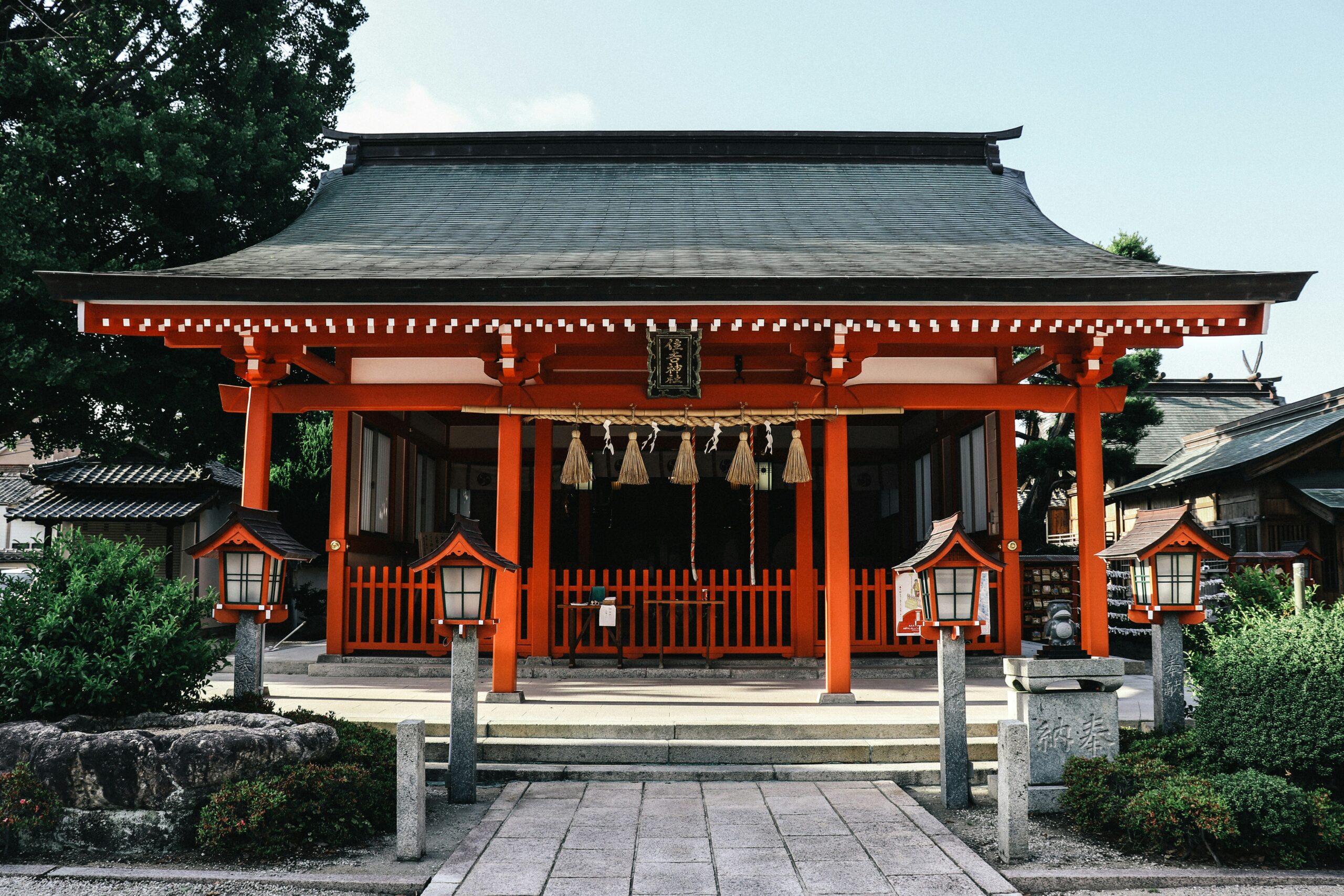
- Third Semester Opening Ceremony (Shigyo-shiki): Beginning after winter break, marking a short but essential final term.
- First Calligraphy Practice of the Year (Kakizome): Students write their New Year’s resolutions.
- Learning Presentations (Gakushu-happyoukai): Showcasing the achievements of the year.
February: End-of-Year Review
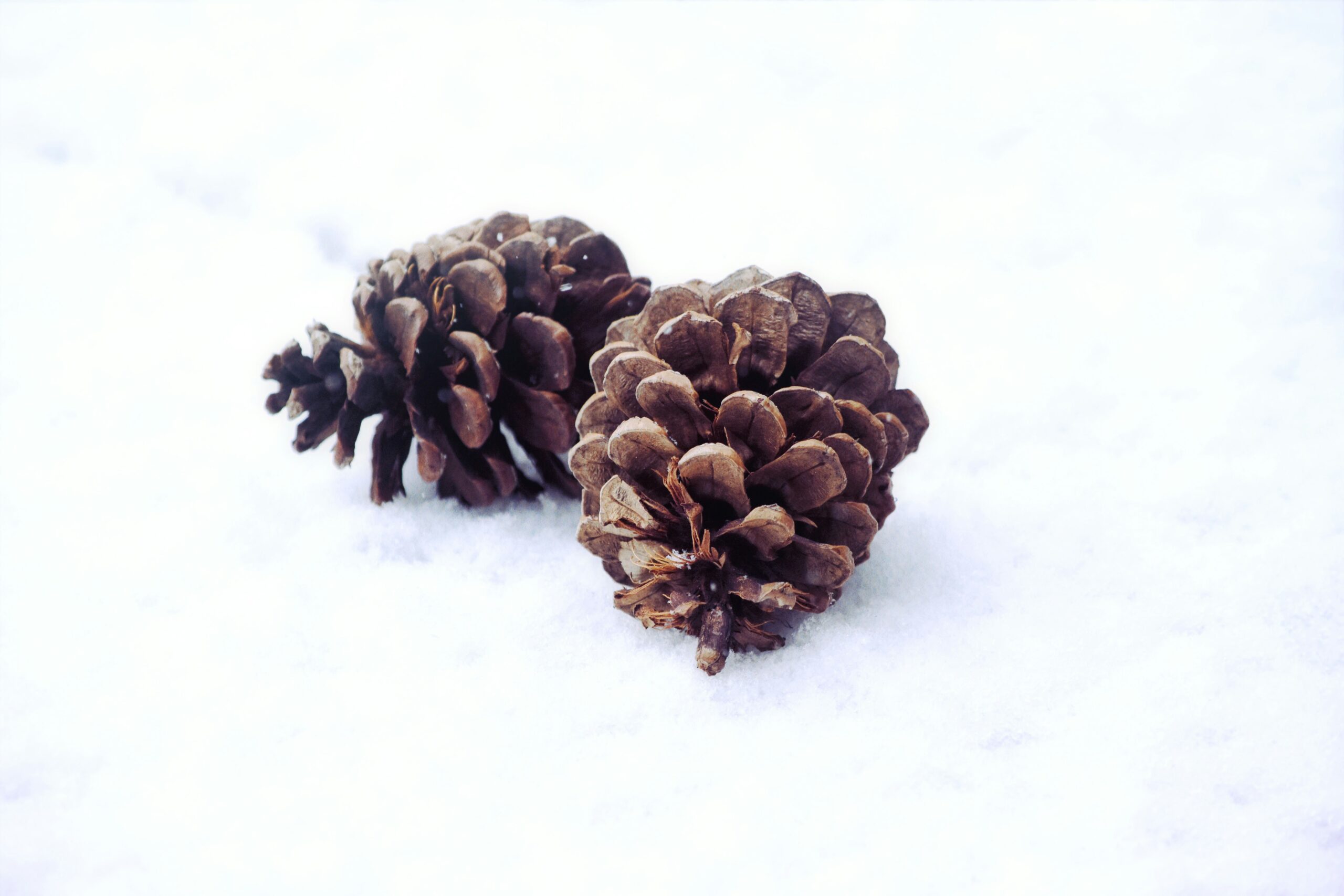
- Review Lessons: Students review and summarize the year’s lessons as the year ends.
March: Graduation and End of the School Year
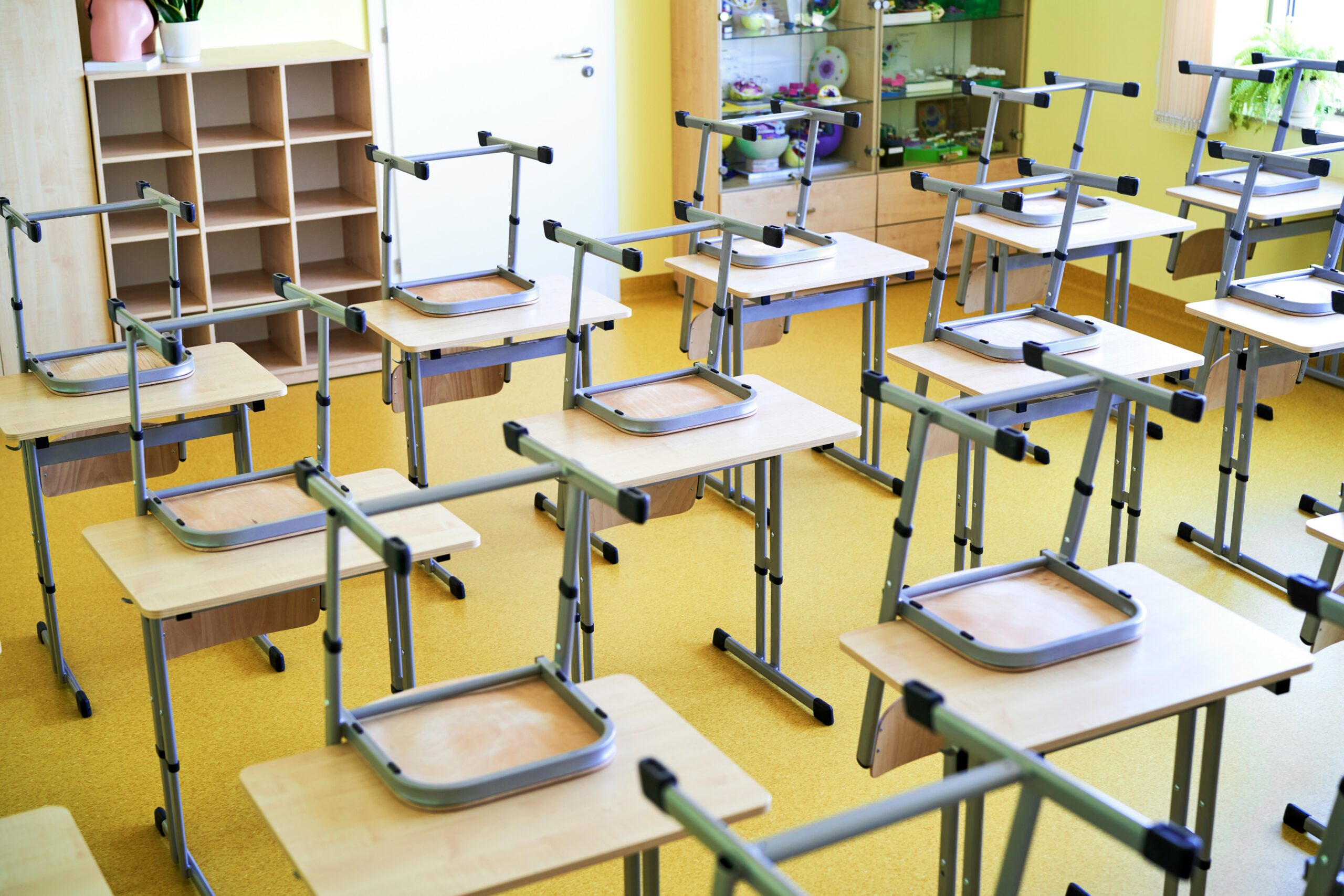
- Graduation Ceremony (Sotsugyo-shiki): Held for sixth graders, this moving event includes participation from other students.
- Closing Ceremony (Shuryo-shiki): Celebrating the end of the school year, with report cards distributed.
- Spring Break (Haru-yasumi): This lasts about two weeks, from late March to early April, as students prepare for the next grade.
Things to Know About Japanese School Events
- In Japanese schools, parental involvement in events is highly encouraged. For instance, parents are expected to attend events like Sports Day(Undoukai) and Performances (Happyoukai), which children look forward to. Parent Observation Days(Jugyo-sankan) are also standard, where children are excited to have their parents present. Also, parents may even be expected to volunteer for activities like school clean-ups on weekends.
- Plan vacations around the Japanese school calendar. Major events like entrance ceremonies, sports days, performances, and graduation ceremonies are significant, with weeks of preparation. Missing these can make it hard for children to keep up with the event’s flow or miss out on the sense of achievement with their peers. While long vacations are appealing, plan them during Japanese public holidays or school breaks.
- Japanese schools conduct pinworm and urine tests and vision, hearing, dental, and electrocardiogram exams each year. Children may need to be shirtless for some exams like ECGs, so consult with the school if you have concerns.
- Both children and parents are expected to attend the entrance ceremony in formal attire. Boys generally wear a suit with a white shirt, while girls wear a dress paired with a jacket or bolero. Parents are also expected to dress in formal attire, so please avoid casual or overly revealing clothing.
Japanese school events are essential for learning and building trust between students, teachers, and the community. These events foster a unique culture where schools and communities come together, so try to participate actively. Furthermore, Japanese communication during school events provides children with valuable opportunities to enjoy learning in Japanese. It’s important to view school events not just as occasions but as an integral part of their education.
